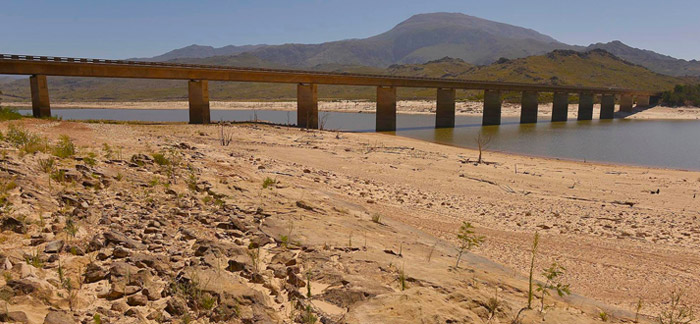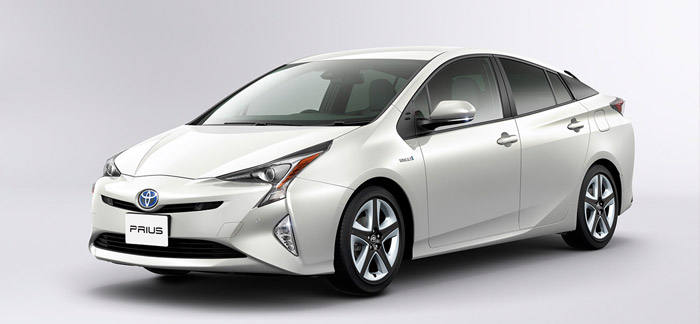
I often equate the advent of climate change to a massive asteroid heading straight for Earth,
since both have the potential to wreak havoc on our planet’s fragile ecological equilibrium. The only difference … it would probably be easier for mankind to deal with a planet-threatening asteroid than it is for us to deal with climate change.
Fortunately, the question is no longer whether climate change is real or not, but rather how quickly it will unfold and how extensive its impact will be. Here in South Africa, we are already experiencing the preliminary effects of climate change in the form of irregular and extreme weather events.

Abnormally low rainfall patterns emerging across the Western Cape are now being linked to an increasingly frequent area of high pressure in the Atlantic Ocean, which is driving crucial wet-weather systems south of our coastline. And, according to long-term climate models published in the Intergovernmental Panel on Climate Change Fifth Assessment Report, South Africa is likely to experience ‘a significant drying trend that could reduce annual rainfall by up to 40%’. This is particularly bad news for the City of Cape Town which could potentially run out of water in the next six months if alternative water sources are not secured. Not to mention the Cape farmers whose crops and livestock are also reliant on this water.
So, what exactly can we do to combat climate change? Well, the answer is: a lot more than you might think!
Each one of us needs to take ownership of our carbon footprint, which is the amount of greenhouse gas (CO2, methane, etc.) released directly or indirectly into the atmosphere by an individual. Those of us who live ‘first world’ lifestyles, not only have the largest responsibility to reduce our carbon footprints, but can also make the biggest difference if we do … especially when you consider that the carbon footprint of a person in the United States is on average 20 times larger than a person in India.
The ten lowest-effort, highest-impact lifestyle changes that people can adopt to significantly shrink their carbon footprints include:
- Reduce meat consumption and general food wastage
- Purchase local food/products rather than imported good
- Conserve electricity – convert to renewable alternative
- Curb municipal and bore hole water usage
- Recycle as much of your waste as possible
- Use public transport or a bicycle instead of your vehicle
- Make sure your next vehicle is a hybrid
- Minimise air travel by maximising use of video-conferencing
- Protect urban greenbelt and plant indigenous tree
- Support and participate in carbon-neutral sport
If humanity is able to shift its governing philosophy away from ‘indefinite growth’ toward ‘perpetual sustainability’, then our global carbon footprint could be reduced to the extent that climate change is slowed and ultimately reversed. Delaying this shift would condemn us and our future generations to a world of rising sea levels, environmental decay, decimation of species and untold human suffering.
Each and every one of us can make a difference – why don’t you start today!
Date Published: 25 October 2017